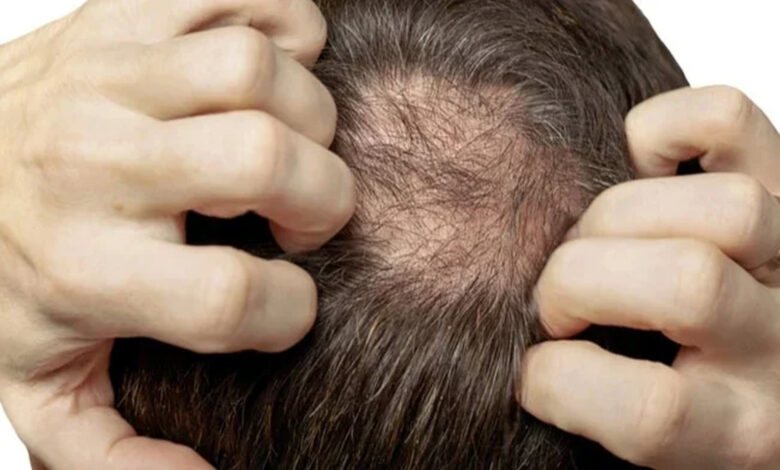Breakthrough Discovery Offers Hope for Effective Cure for Baldness

Every year, millions of people worldwide spend billions of dollars seeking treatments for baldness, but no method has been proven to be 100% effective. However, a groundbreaking new discovery may soon offer a more promising solution for those suffering from male-pattern baldness, specifically the common condition known as *alopecia areata*.
In this condition, hair loss typically begins at the crown of the head and gradually spreads throughout the scalp. Scientists from Australia, Singapore, and China have uncovered that stem cells known as HFS cells (hair follicle stem cells) are essential for hair regeneration and repair, and these cells require a powerful protein called MCL1 for their function. Without MCL1, the stem cells become stressed and begin to die, leading to an increased risk of baldness.
The study found that when HFS cells are subjected to stress, such as hair loss or shrinkage of the roots, they gradually die, accelerating the hair loss process. While it was already known that MCL1 helps regulate these stem cells and supports hair growth, how this process occurs had remained a mystery.
To investigate the impact of MCL1 on HFS cells, researchers conducted experiments on mice, removing MCL1 from the skin cells. They discovered that although the hair follicles did not initially show damage, the hair started falling out gradually. In adult mice, eliminating this protein led to rapid destruction of the active HFS cells, halting the hair growth process entirely.
However, when the researchers reactivated MCL1, new hair began to grow, but the hair roots eventually experienced stress, triggering the activation of a protein called P53. The scientists discovered that the relationship between MCL1 and P53 plays a crucial role in maintaining cell survival and preventing the hair roots from dying.
While the discovery brings new hope for preventing hair loss and treating *alopecia areata*, researchers stress that further investigations are needed to develop effective therapies. The findings were published in the journal *Nature Communications*.
This breakthrough has generated considerable excitement in the medical community, raising hopes for the development of more effective treatments for baldness and hair loss in the future.






